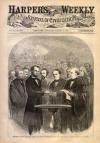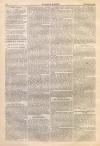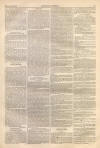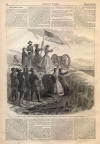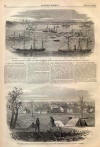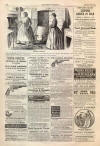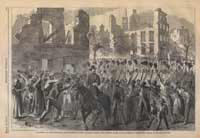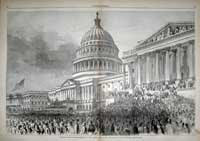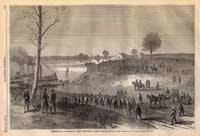Bull's Bay South Carolina
|
|
This Site:
|
HARPER'S WEEKLY. [MARCH 18, 1865. 172 State of Georgia. Pawnee. Harvest Moon--Flag-ship. Juniata. Shenandoah. Canandaigua. Wanda. Winona. LANDING OF GENERAL POTTER'S AND ADMIRAL DAHLGREN'S TROOPS AT BULL'S BAY, SOUTH CAROLINA.—[SKETCHED BY JOHN EVERDING.]A VISIT TO FORT SUMTER.THERE is a thrilling dramatic effect in the repossession of Fort Sumter four years after its surrender to traitors. Every thing connected with the capture of Charleston has more or less of this dramatic interest. Here the rebellion had its birth, and after four years of a strife the most terrible as well as the most needless on record, after four years which have done very much toward exhausting the Confederate States, the city which was the first theatre of war, which first heard the rebel shout of victory, has fallen before the prowess of our national arms. We illustrate on page 164 a visit made by General GILMORE and his staff, accompanied by some ladies, to Fort Sumter on the 21st of February, immediately after the evacuation of the fort. Captain BRAGG, who appears in the sketch, first raised the Stars and Stripes over the captured work. We give this week two other illustrations relating to Charleston. One of them, on this page, represents the landing of the Naval Brigade and 1500 troops in Bull's Bay, sixteen miles northeast of Charleston, under Admiral DAHLGREN and General POTTER. This movement was effected February 12, and, threatening the only line of retreat left to the rebels on the north side, hastened the evacuation of the city. On page 164 we illustrate a very picturesque feature of our victory at Charleston. Our readers will remember that the first troops occupying the city were negroes under ; Colonel BENNETT. On the night of the 21st the Fifty-fifth Colored Massachusetts landed in the city and marched through the streets, singing the March of John Brown's Soul. If the war itself was a revolution of citizens against their Government, it has introduced also a revolution quite as profound in the relation hitherto existing between the negro and his master. GEN. EWELL'S HEAD-QUARTERS.WE give on this page a view of the rebel General EWELL'S Head-Quarters, at the Widow CHAFFIN'S house, on the Osborne turnpike, leading to Richmond. The view was obtained by going into our advanced rifle-pits on the hill in front of Fort Harrison. By using a glass the minutest details could he observed. Indeed our lines are very close at this point. In front there is a ditch, fraises, and abatis defending it. Then a low parapet, forming a portion of their long intrenched line, behind which the men live in their little tents, with clay and stick chimneys ; and beyond these the open plain and the homestead of the family that owns the large tract of land on which Fort Harrison now stands. Our force north of the James has been considerably depleted ; but it is likely that the Army of the James will soon have an important part to play. OUR RETURNED PRISONERS.WE give on page 173 an illustration of the embarkation for home of exchanged Union prisoners at Aiken's Landing. The work of exchange is now going on as rapidly as possible. All our prisoners in Richmond and Danville have been returned, and arrangements are being made to receive those which still remain in North and South Carolina. On the 24th of February 1000 were received from Florence. The Georgia and Alabama prisoners will be delivered at Mobile, and those in the prisons west of the Mississippi at the mouth of the Red River. Even if the war should continue for many months to come, there will hereafter be none of the difficulties which have hitherto stood in the way of a prompt exchange of prisoners. If the South uses negroes, it is for her interest as much as for ours to secure to them every privilege accorded to white troops. THE REBEL GENERAL EWELL'S HEAD-QUARTERS, FOUR MILES FROM CHARLESTON.—[SKETCHED BY CAPTAIN L. L. LANGDON.]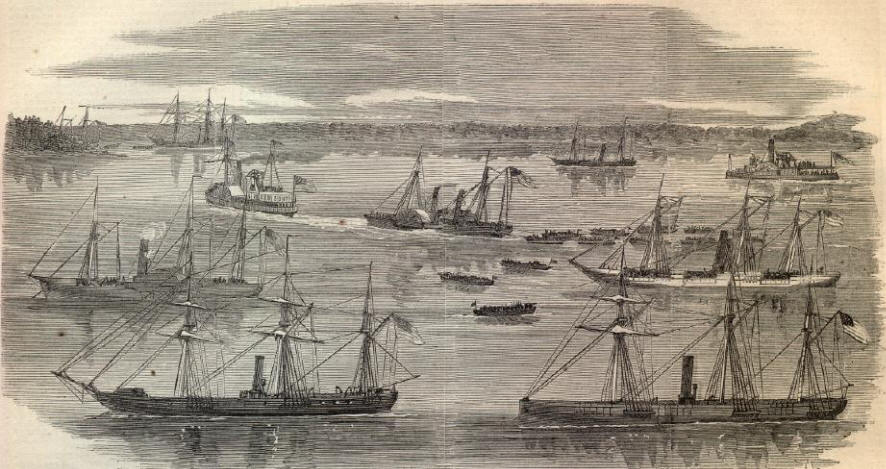 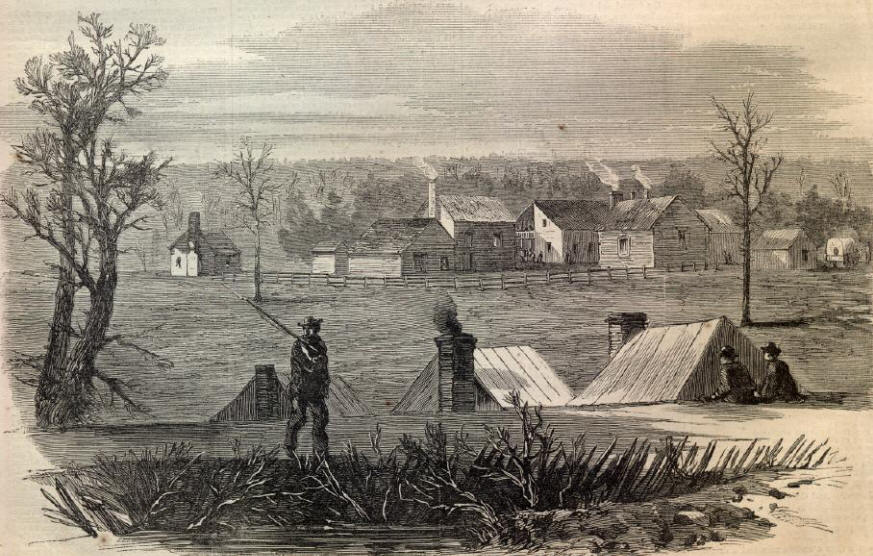 |
||||||||||||||||||||||||
|
|
||
|
|
Site Copyright 2003-2018 Son of the South. For Questions or comments about this collection, contact paul@sonofthesouth.net |
|
|
Are you Scared and Confused? Read My Snake Story, a story of hope and encouragement, to help you face your fears. |
||
